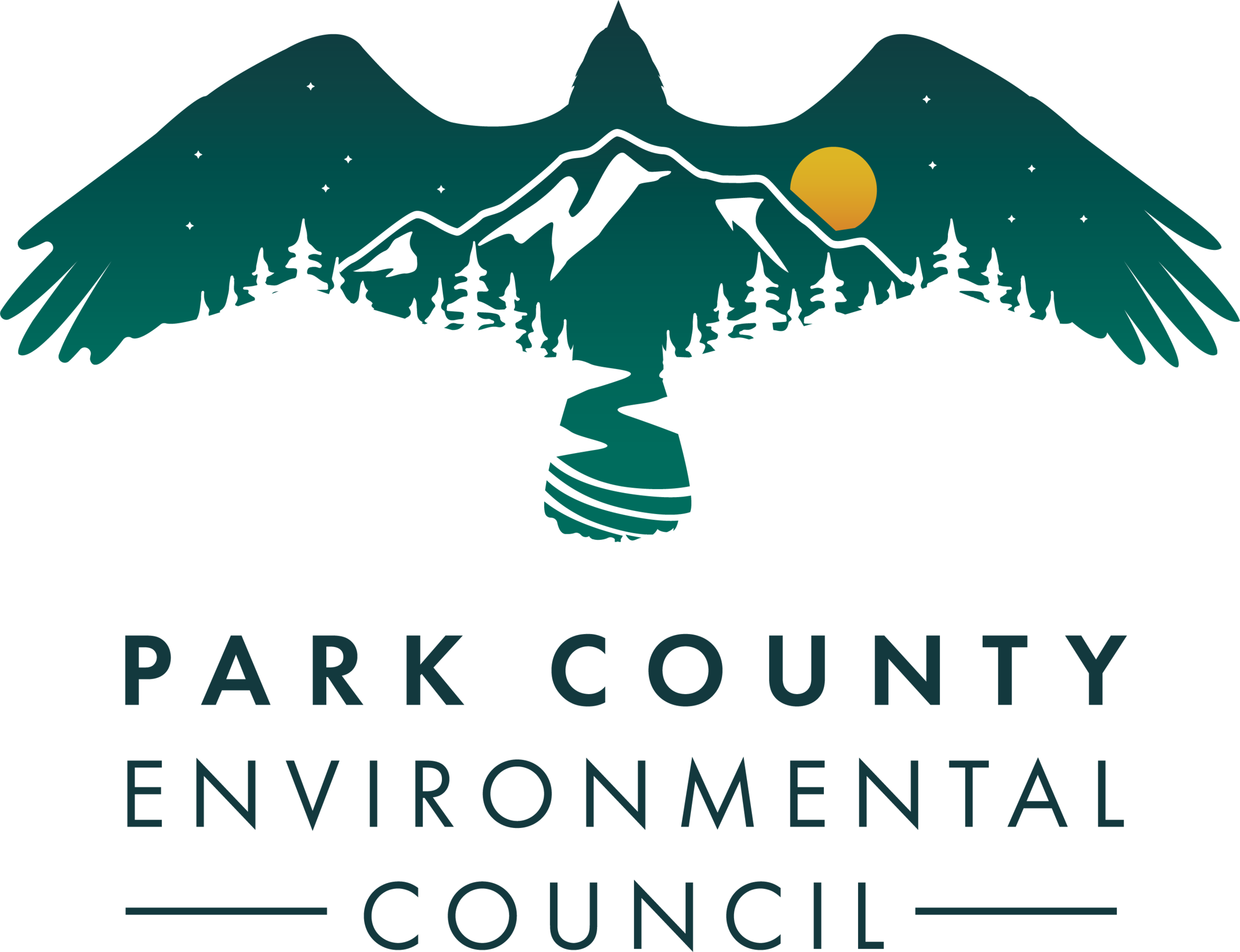Wildlife Partnership:
Yellowstone Safe Passages
Making our highways safe for wildlife and the motorists who use them.
Montana is a driver's state. We’ll often refer to the time it takes to get somewhere, and not the mileage, if only to make the destination sound less distant. Montana also has some of the richest diversity of wildlife in the Lower 48.
The combination can be lethal.
We’ve all seen a glowing pair of eyes coming out of the darkness in our vehicles headlights. While the state has one of the lowest population densities per square mile, we are second in the nation when it comes to the risk of wildlife vehicle collisions; unfortunately, Montana also has the most fatalities per capita resulting from wildlife vehicle collisions.
We refer to Park County as Yellowstone's Northern Gateway: a succinct geographic summary that creates an image of this place with only a few words. In the most literal sense, what that means is that a major highway bisects our county from top to bottom; and that road, U.S. Highway 89, is the singular conduit for the nearly one million people traveling annually through Park County to Yellowstone, as well as the primary road our community uses to get to town, school, work, or just outside.
Combine that with the abundance of wildlife we share this landscape with and it will come as no surprise that 89 creates an issue, not only for wildlife moving across the valley, but for everyone who is traveling the highway. Half of all reported accidents on 89 involve wildlife. Needless to say this never ends well for the wildlife either: the most common animals hit are deer and elk, but antelope, moose, bears, bighorn sheep, birds and countless smaller animals are struck on 89 each year.
The economic impact from wildlife vehicle collisions cannot be ignored either. Auto-body repairs are expensive, your insurance rates can go up, not to mention any medical costs if you’re injured. For many, those are impacts that are not easy to incur.
In 2019, Daniel Anderson, with the Common Ground Project, convened a meeting with PCEC, Greater Yellowstone Coalition, Center for Large Landscape Conservation and National Parks Conservation Association to discuss the issue of wildlife vehicle collisions on Highway 89. From that meeting, a partnership was formed to address the issue, which we now call Yellowstone Safe Passages.
Since that time, we have immersed ourselves in learning about road ecology, wildlife movement, highway safety, and accommodations that can help mitigate wildlife vehicle collisions. We’ve built strong working relationships with the Montana Department of Transportation, Fish Wildlife and Parks, the US Forest Service and our local elected officials. More importantly, we have been building important relationships with local landowners along the highway, and many members of our community. In fact, we have yet to meet someone who doesn’t recognize the problem and does not want to explore opportunities to resolve it. It comes as no surprise that almost everyone we’ve spoken to has either hit an animal on the road, had a near miss, or knows someone who has.
The next step that we’re undertaking this year will be a detailed highway assessment, being conducted by the Center for Large Landscape Conservation and the Western Transportation Institute. This study will provide the data we need to focus on the areas in Paradise Valley and the Gardiner Basin that would benefit the most from either a wildlife crossing structure, or some form of mitigation project.
We have also enlisted the help of citizen scientists who travel the highway frequently to use a wildlife tracking phone application to mark the locations for both live and roadkill animals. Additionally, we have set up motion sensing cameras placed at strategic locations to begin collecting data on wildlife movements adjacent to Highway 89.
Yellowstone Safe Passage’s goal is to bring the next big wildlife crossing project to the state of Montana. It won’t be easy, and it will take time, but we’re making headway and are committed to see it through. With support from our community, cooperation from the state and federal agencies, we believe we can make Highway 89 both safer for travel and less of a barrier for wildlife.
If you are interested in learning more about this project, or would like to become a citizen scientist, please visit www.yellowstonesafepassages.org.
Photo by Hallie Rugheimer


